12 Ways to Improve Your SEO Performance with Yandex Webmaster
Yandex can sometimes be ignored in SEO efforts. Of course, Yandex's small market share in Turkey is one of the most important reasons for this. In this article, leaving the market share aside, I wanted to list the actions that can be taken in SEO with the information we obtained with this tool.
With Yandex Webmaster for free, you can be impressed by your mistakes that maybe SEO tools cannot find. Add your site and you can do an SEO audit by looking at the errors and analyses that Yandex will find about your site. For example, if there is a duplicate content problem on your site, it shows its suggestions very clearly;
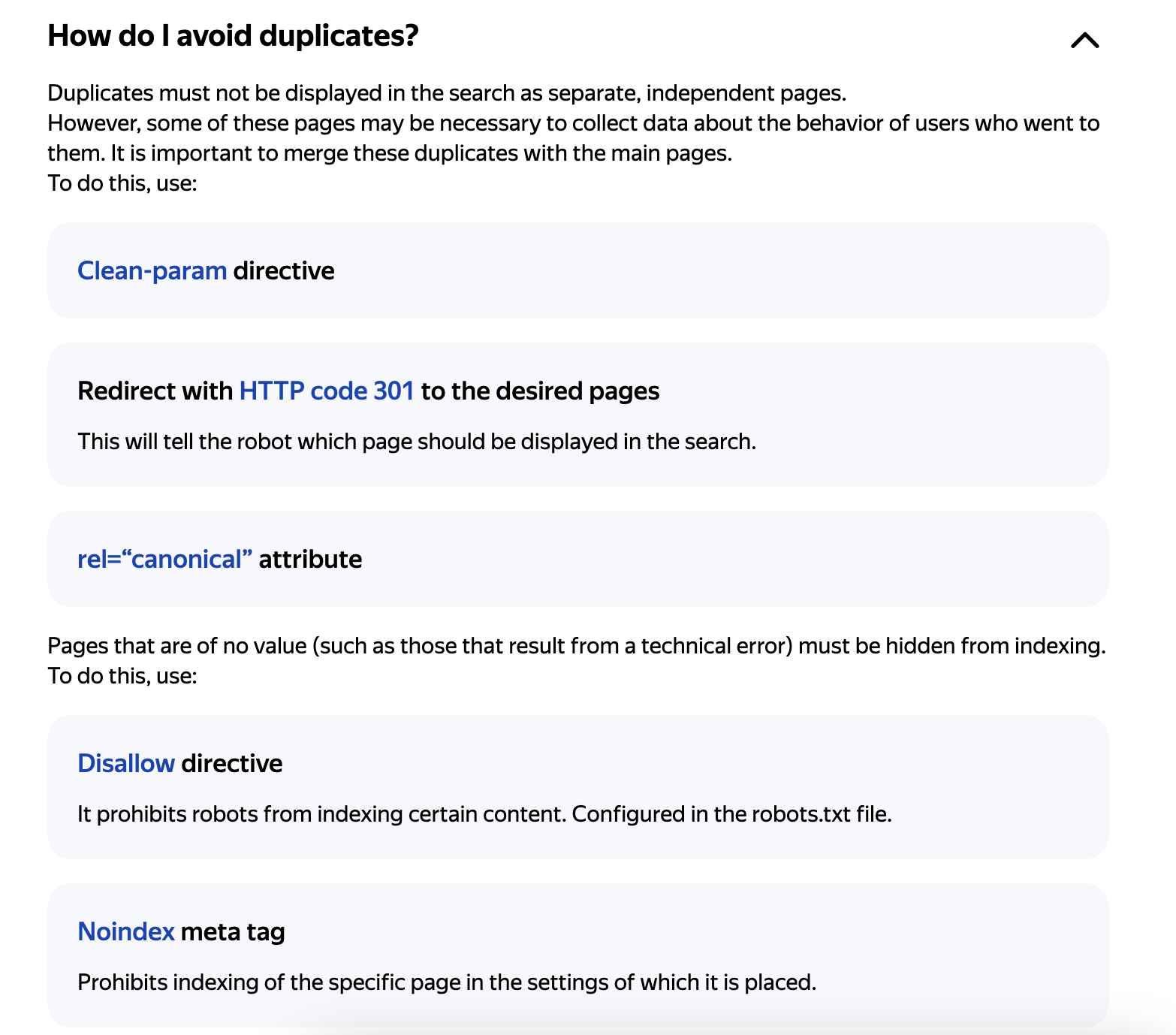
Note: You need to verify your site with Yandex Webmaster to see the errors in this article.
1. Title and Description Duplicates
In the Indexing section, you can see if there are duplicate meta tag structures on your site. The old Search Console already had this. You can edit duplicate structures as an action; however, sometimes you will come across such URLs that you can even see pages where you will say "There is such a URL on my site":
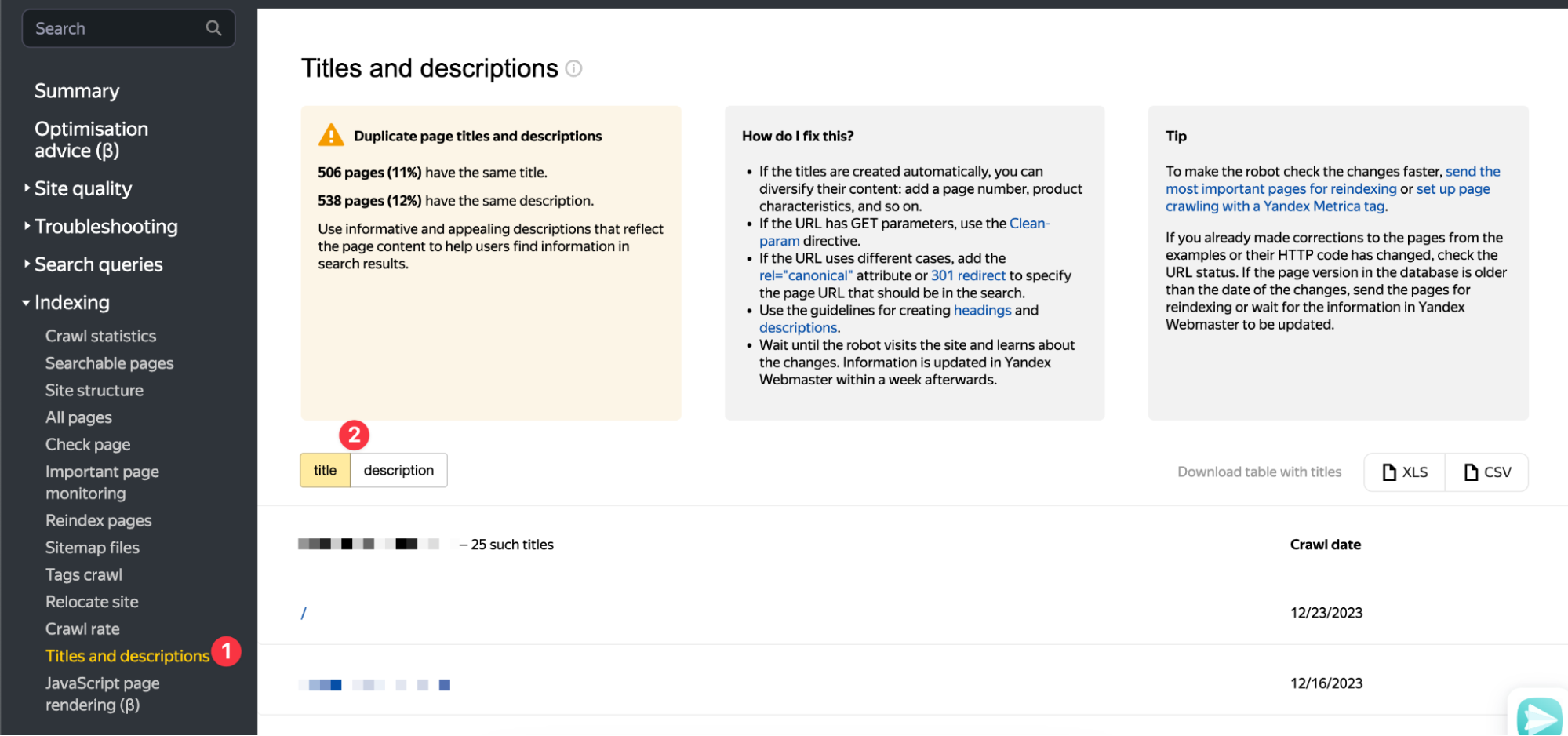
For more convenient analysis, you can download the data in .xls:

2. Keyword Grouping
In the Managing Groups section, you can see which words the visitors who came to your site with Yandex used. So what's the difference here?
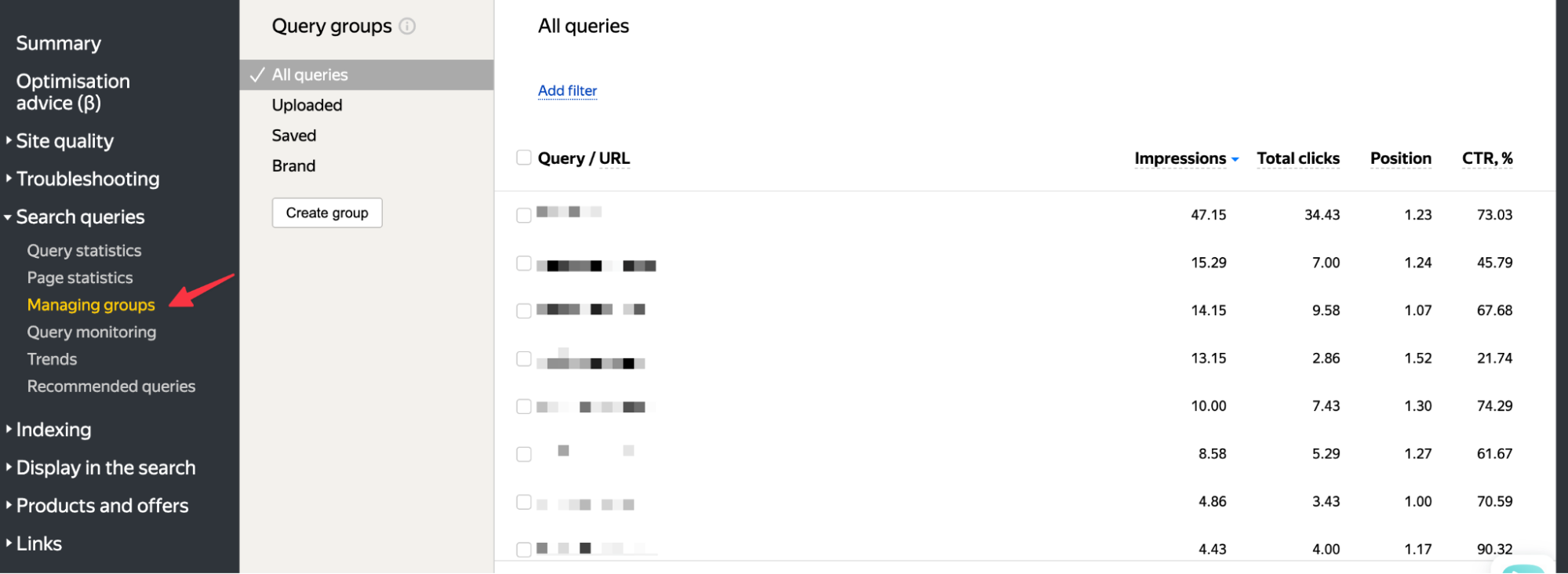
By selecting the words you want, you can analyze only brand queries in the same group as in my example. You can also create different groups for other words you want:

3. Site Quality Index (SQI)
According to the SQI metric, which measures the quality of sites, you can see what quality score not only you but also your competitors have according to Yandex's calculation system:
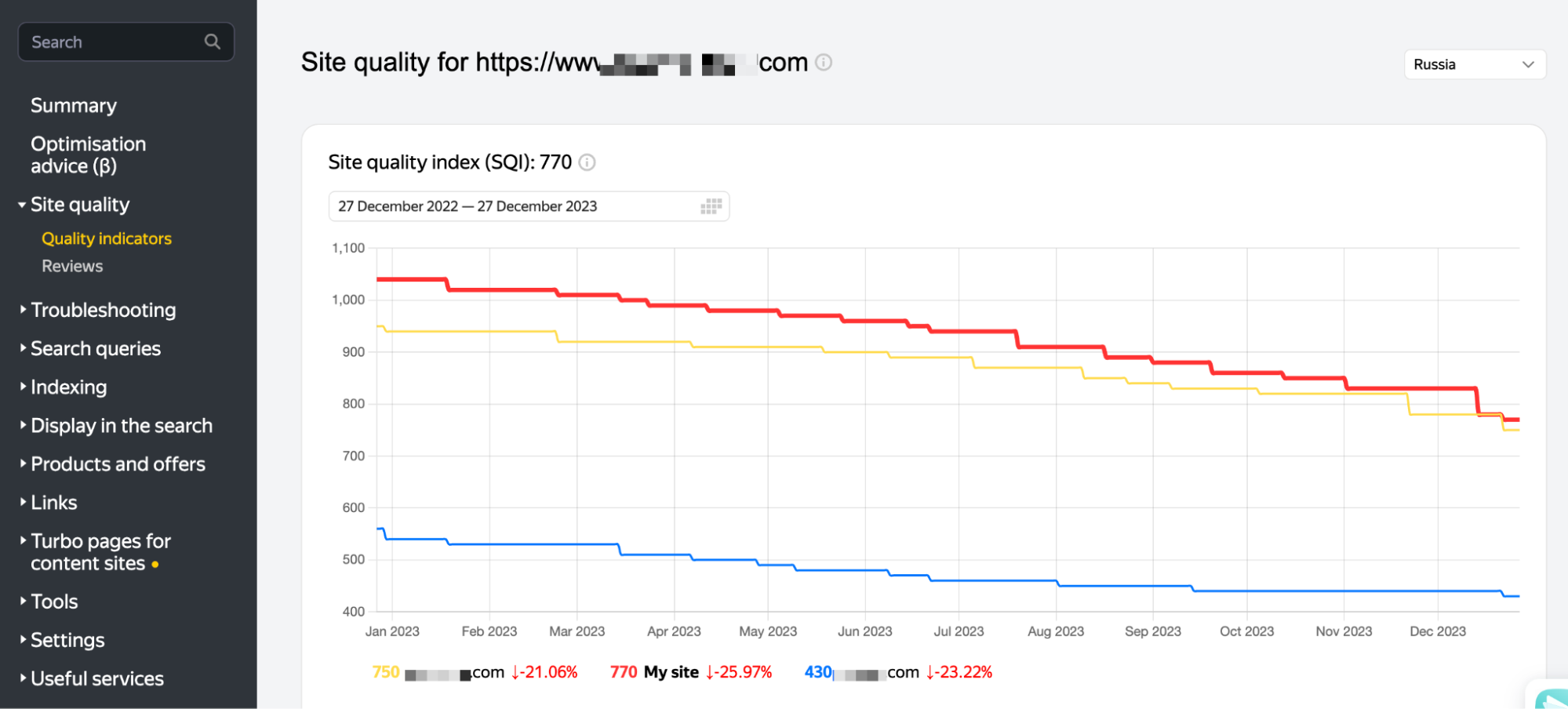
You can determine your overall situation by adding the competitors you want to the table:
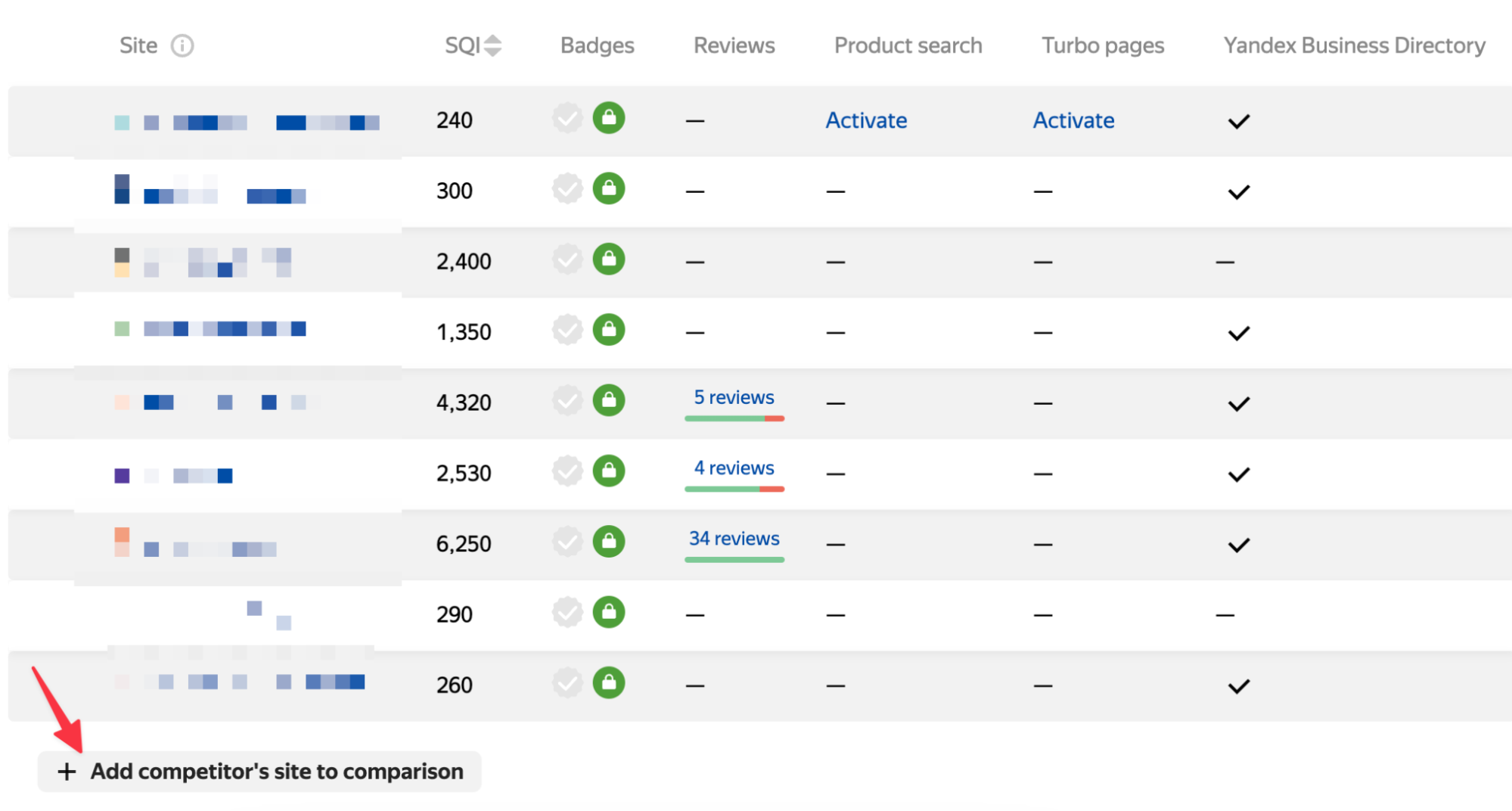
4. Spam & Low Quality Content
If you are continuing your work in the Yandex market, be sure to check if there is a penalty specific to your site in this section. If your site has been penalized, you fixed it and sent a request with the "I've fixed everything" button:

Sometimes there may be erroneous warnings in this section; but after you use the button I mentioned and apply, things will be fine within 1 week.
5. Keyword Tracking & Page Monitoring
It is sometimes hard to find a rank tracker only for Yandex. You can follow the words in the section below and apply all the filters you want on the table:

You can track not only kw tracking but also 100 URLs of your choice. In the example below, you can see that the page was excluded from the index with "noindex", but later it was indexed again:
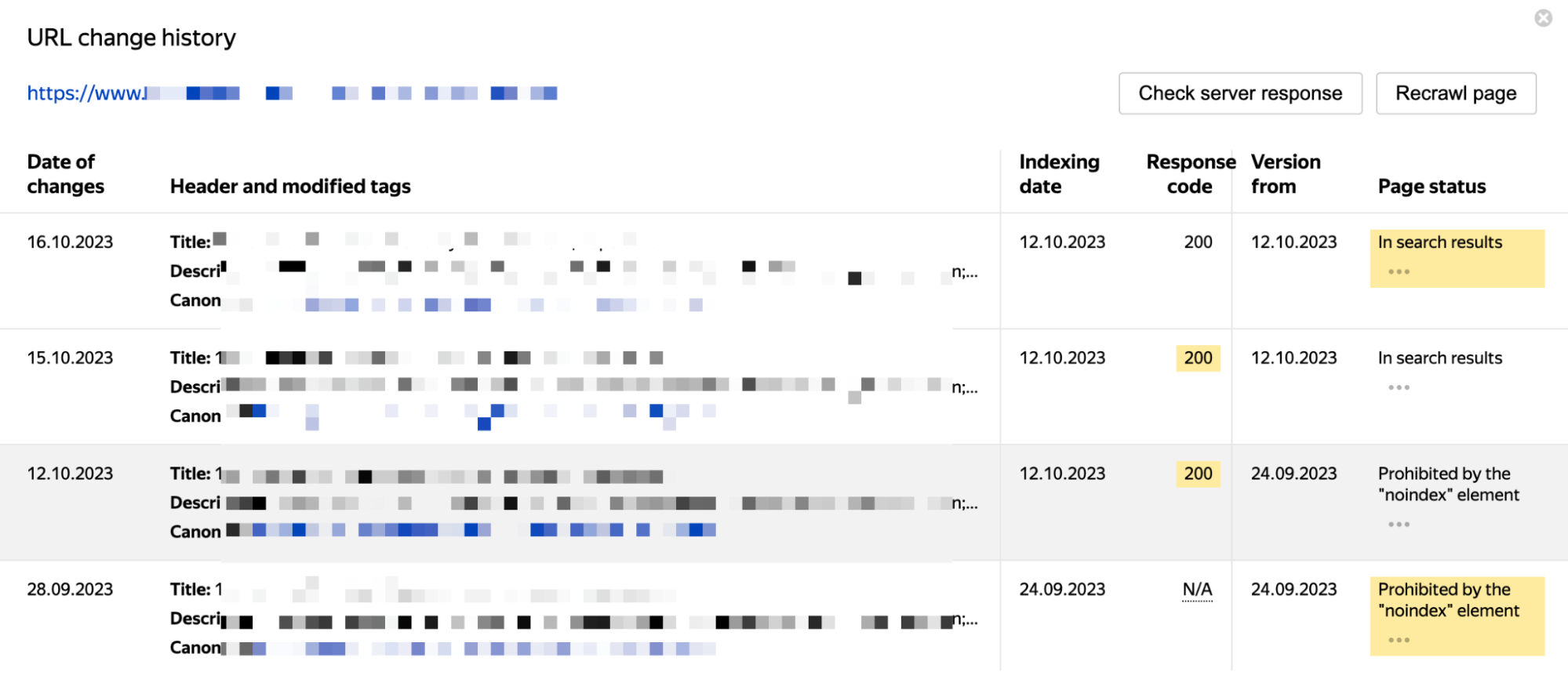
If your pages are your KPI pages that are very important to you, if some of them are redirected with 3xx, following the final URLs and checking the redirects will be the right action:

6. Yandex Trends
According to Yandex data, you can see the change in Yandex organic traffic not only for you but also for similar sites in the same category. You are doing organic competitor analysis in Yandex:
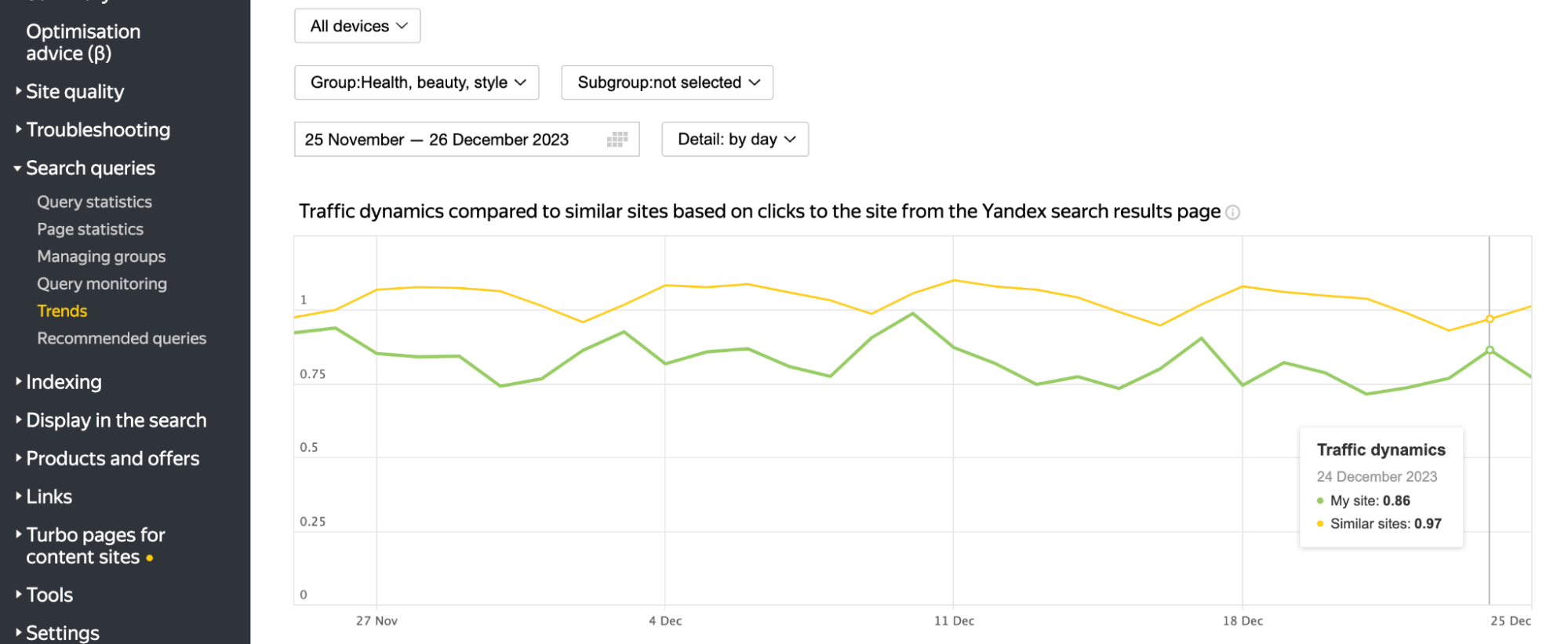
7. Suggested Words
Yandex.Direct statistics show you words that can bring you extra traffic for the next 30 days. You can identify the appropriate words and improve your pages with these words:
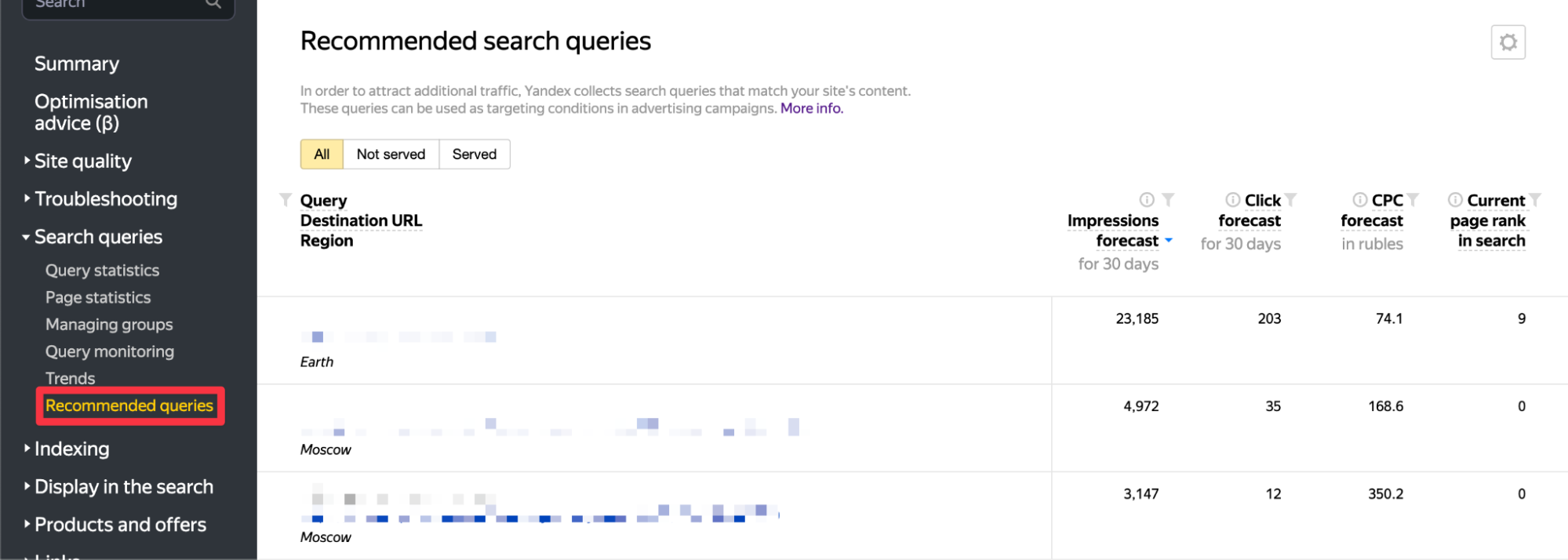
8. Noindex Pages
The crawl statistics already summarize the crawl status of the site with HTTP status codes. The remarkable part is that "noindex" shows the pages that are excluded from the index:
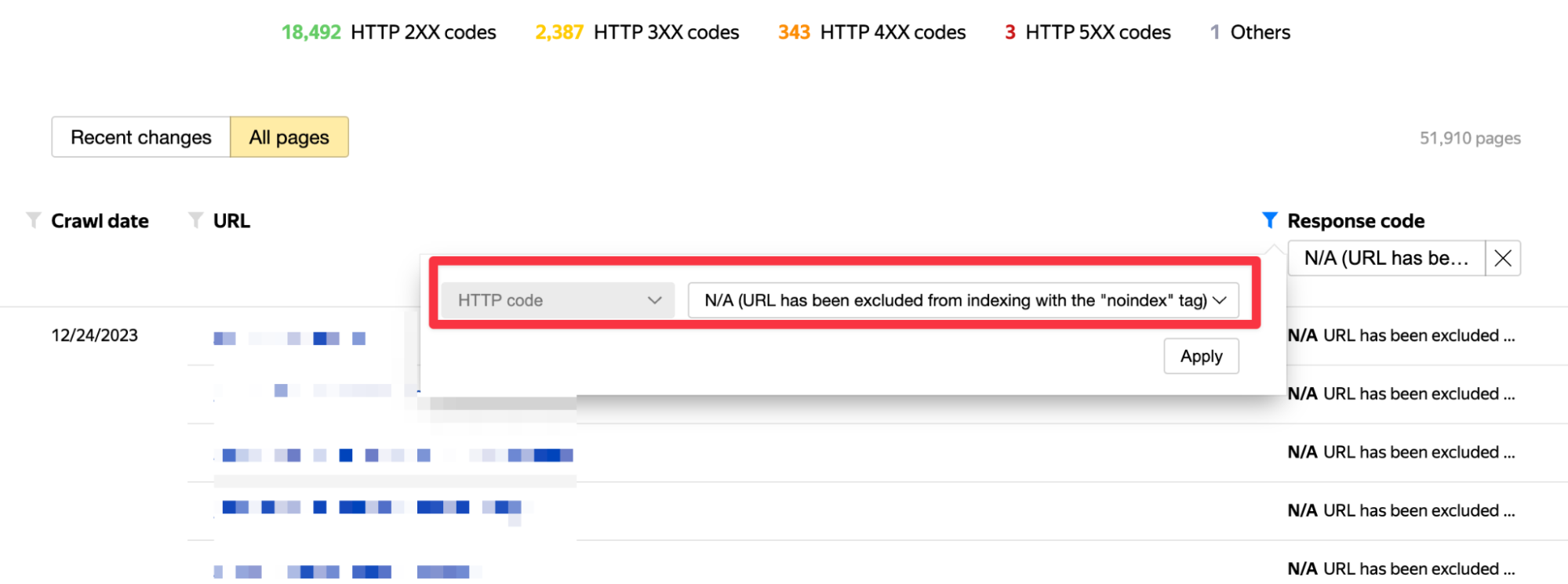
9. Low Quality Pages
You can see your low-quality pages and analyze why they are not indexed. My suggestion is not to act directly on this report. Sometimes, even if there is no problem on the page, this report may include related high-quality pages:
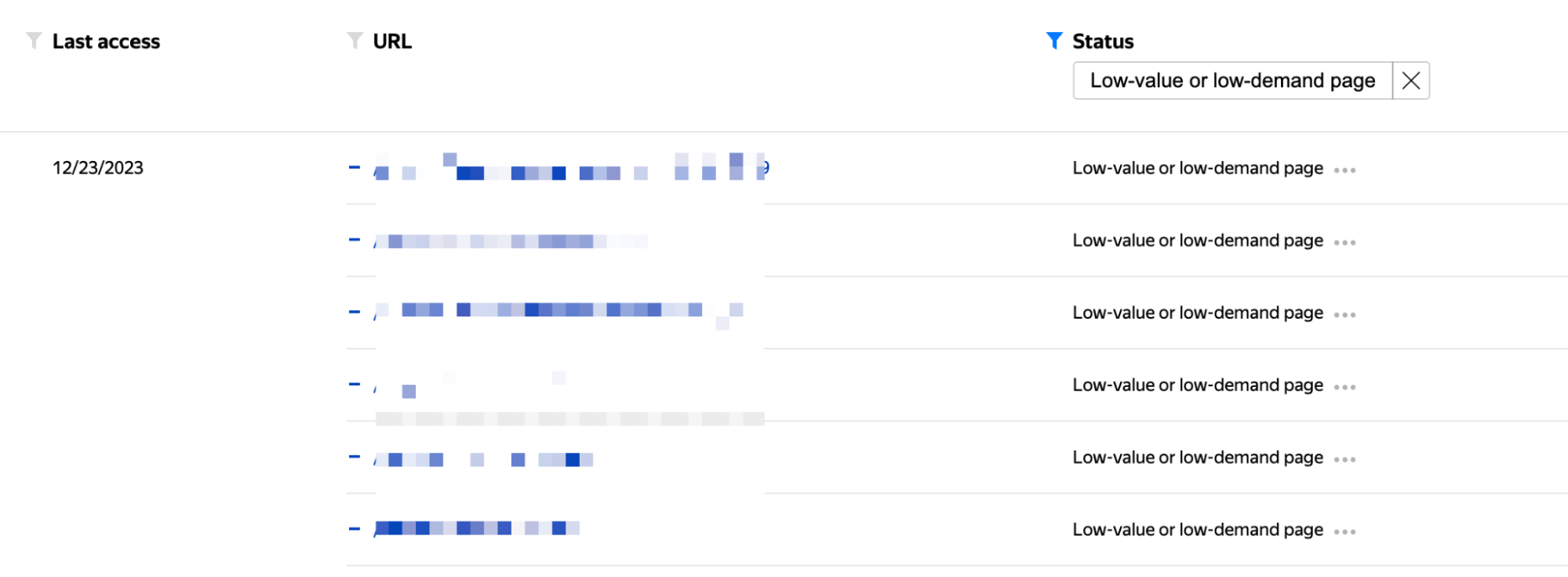
For example, 24.85% of the pages that were not indexed were due to such low-quality pages:
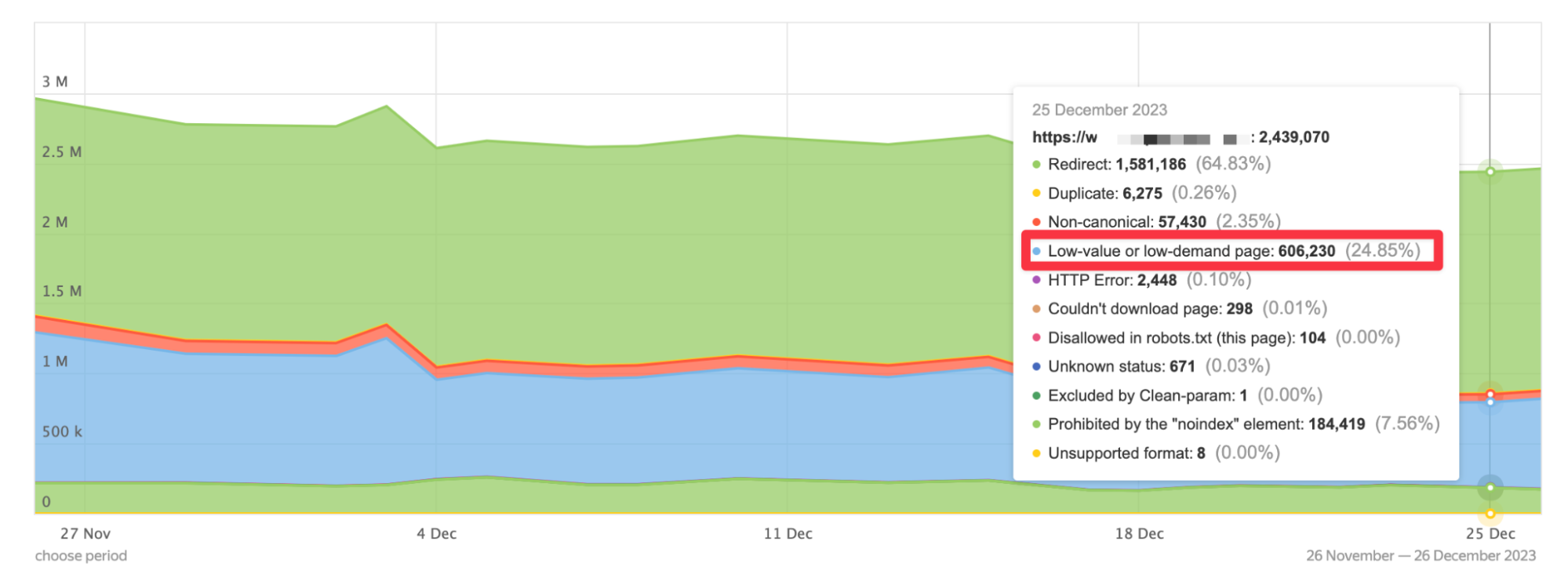
You can also identify indexed and deindexed pages. If pages were excluded from the index without your knowledge during a certain period, you can take steps to analyze these pages immediately:
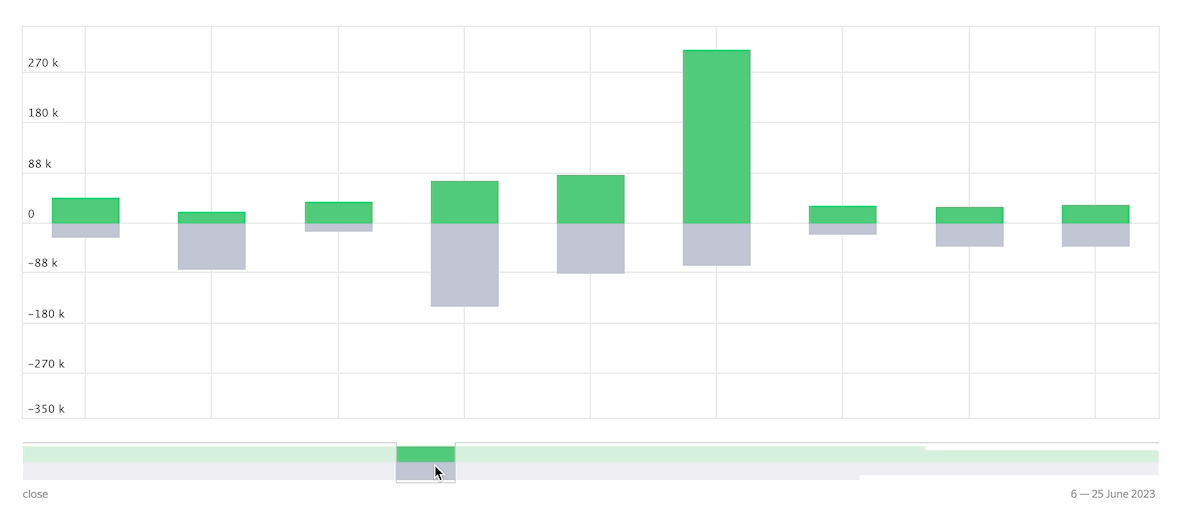
10. Crawl Rate
On large-volume sites, sometimes YandexBot can throw too many requests out of the norm. In such cases, you can adjust the frequency with which the bot crawls the site so as not to harm users' access to the site:
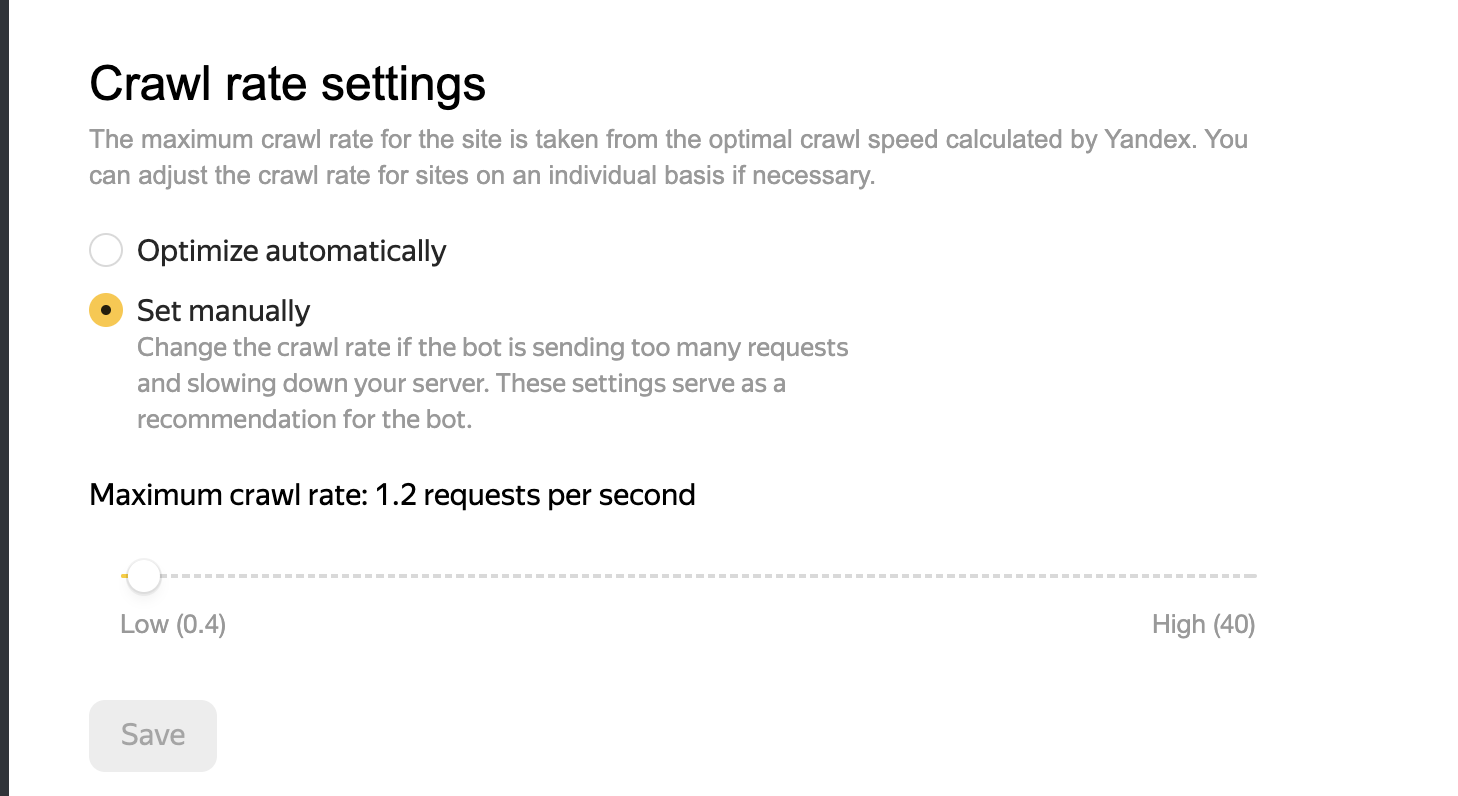
11. Sitelinks
Although this setting screen does not appear on every site, you can intervene in the sitelinks section in Yandex SERP and show the links you want from the appropriate links:
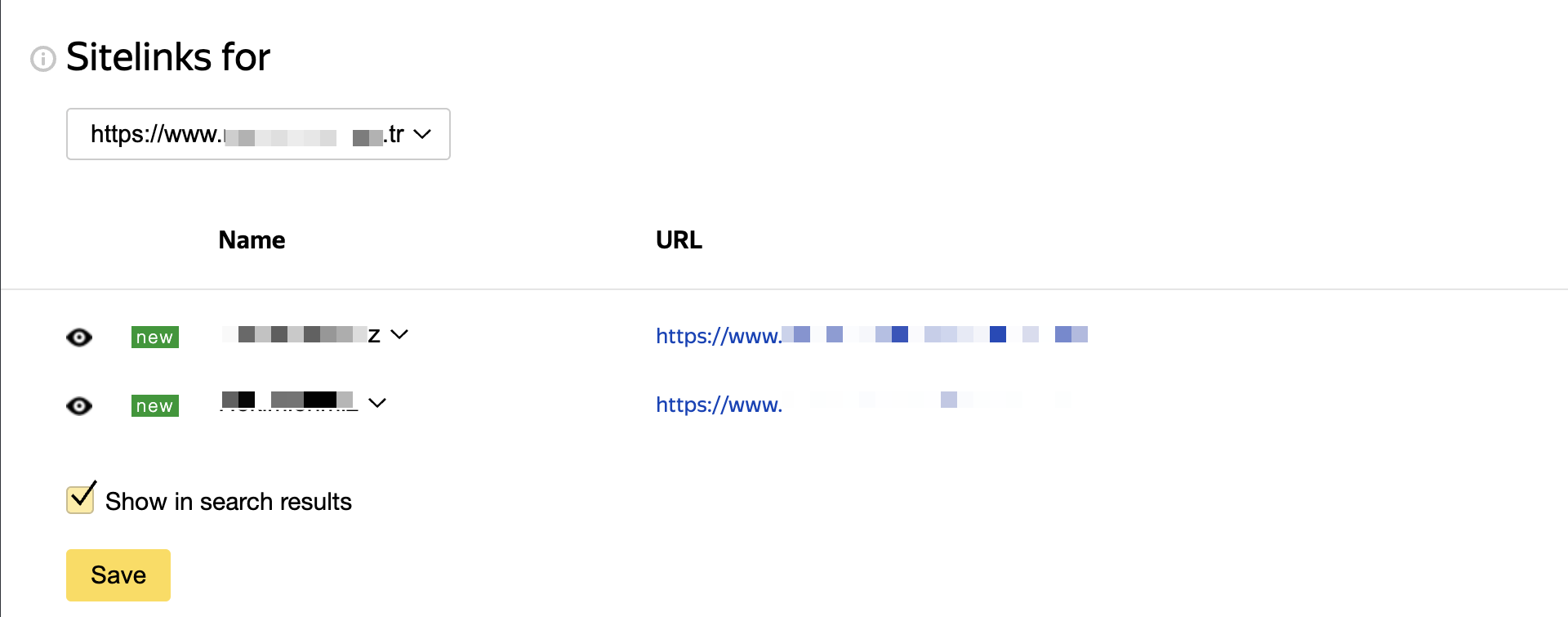
12. External & Internal Links
As with SEO tools, you can identify pages that fall to 4xx or 5xx from backlinks to our site. Especially starting from sites with high SQI values, you can redirect pages to relevant pages with 301 or examine the reasons for not opening:

You can do a similar analysis for internal links. Especially the "link age" metric can make your job easier in some analyses:

I tried to convey to you the details that I consider important regarding the use of Yandex Webmaster in articles. I hope you can benefit from the information here and eliminate the SEO deficiencies of your site.
I wish everyone a day with plenty of organic traffic :)















